Market Trends
Key Emerging Trends in the Image Sensor Market
The Image Sensor market is experiencing notable trends that reflect the rapid advancements in technology and the increasing integration of imaging capabilities in various devices. One major trend is the increasing need for high-resolution image sensors in various fields. As better quality is demanded by consumers and industries, the demand for image sensors with higher resolution such as a large pixel size will also increase. Such a trend can be observed in the smartphone market where manufacturers seek to increase camera capabilities, thus meeting expectations of demanding customers who consider picture and video recording abilities as important features.
3D imaging technology is another important trend in the Image Sensor market. 3D image sensors are gaining popularity in facial recognition, AR and VR products. The possibility offered by 3D sensors for the capturing of depth information enables more accurate and immersive user experiences. However, this trend is not just in consumer electronics but industries like health care automotive and robotics are exploiting 3D image sensors for gesture recognition object detection spatial mapping.
In addition, the market is also noting an increase in companies manufacturing smaller and more efficient image sensors. The major trend is minaturization due to the need for small scale devices in different industries. The battle for smaller footprints is changing the Image Sensor market significantly with miniature cameras embedded in medical equipment and micro sized sensors deployed into IoT (Internet of Things) devices. This trend is important for applications such as wearable devices, security cameras and others where space constraints are a major consideration.
Additionally, developments in the image sensor technology help to expand areas of application for low-light and night vision conditions. The way manufacturers are going about this is by trying to boost the sensitivity and performance of sensors even under adverse lighting conditions. This trend is most pronounced in surveillance and automotive sectors because the need for a reliable image capture, under challenging or low-light conditions cannot be overstated. More consumer based and industrial applications are incorporating night vision as a common feature of the cameras.
Furthermore, the use of AI in image sensors is a revolutionary trend. AI-integrated image sensors provide on-device processing features such as object recognition, scene analysis, and improved imaging conditions. This also relieves central systems of computation and allows real-time decision making in applications such as intelligent cameras, autonomous cars or industrial automation.
The Image Sensor market is also affected by the increasing demand for multispectral and hyperspectral imaging solutions. These advanced sensors capture more than visible light and go to different spectral bands. This capability is valuable in applications such as agriculture, environmental monitoring, and medical diagnostics, where analyzing specific wavelengths provides critical insights. The increasing affordability and accessibility of multispectral and hyperspectral sensors are expanding their reach across different industries.
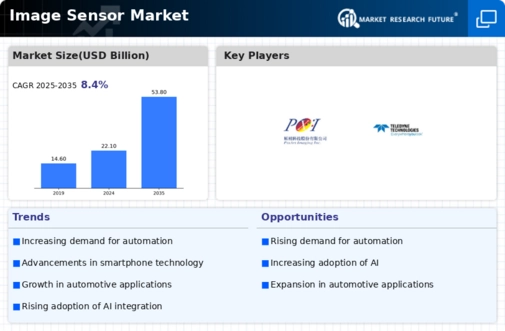
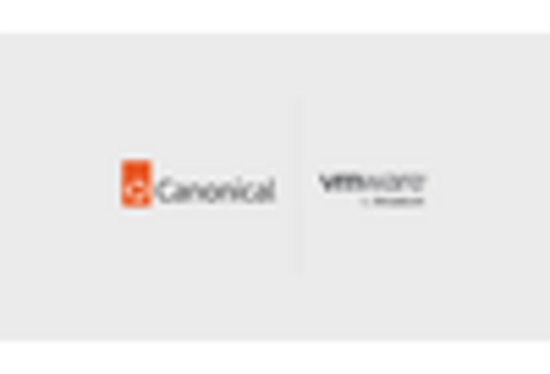
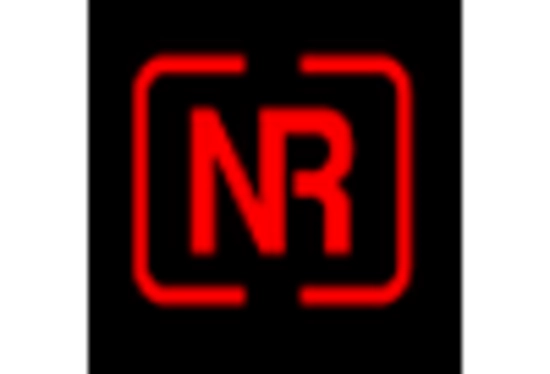


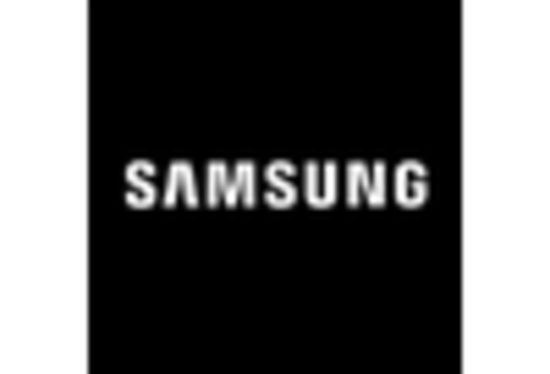
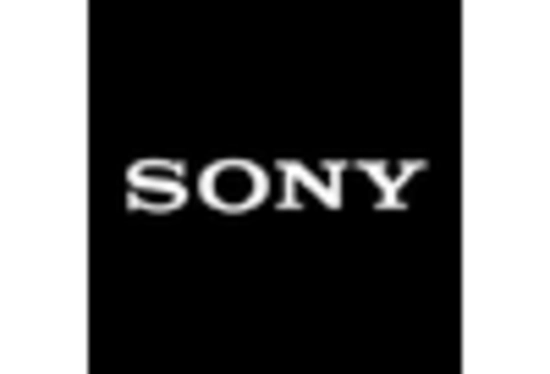









Leave a Comment